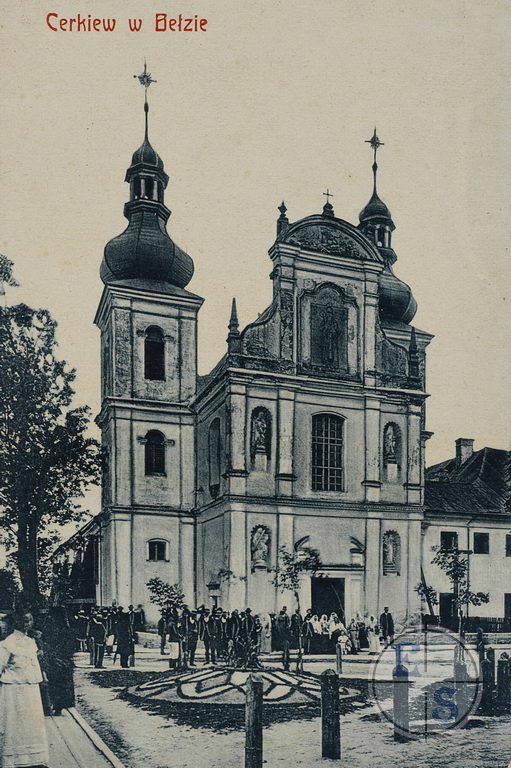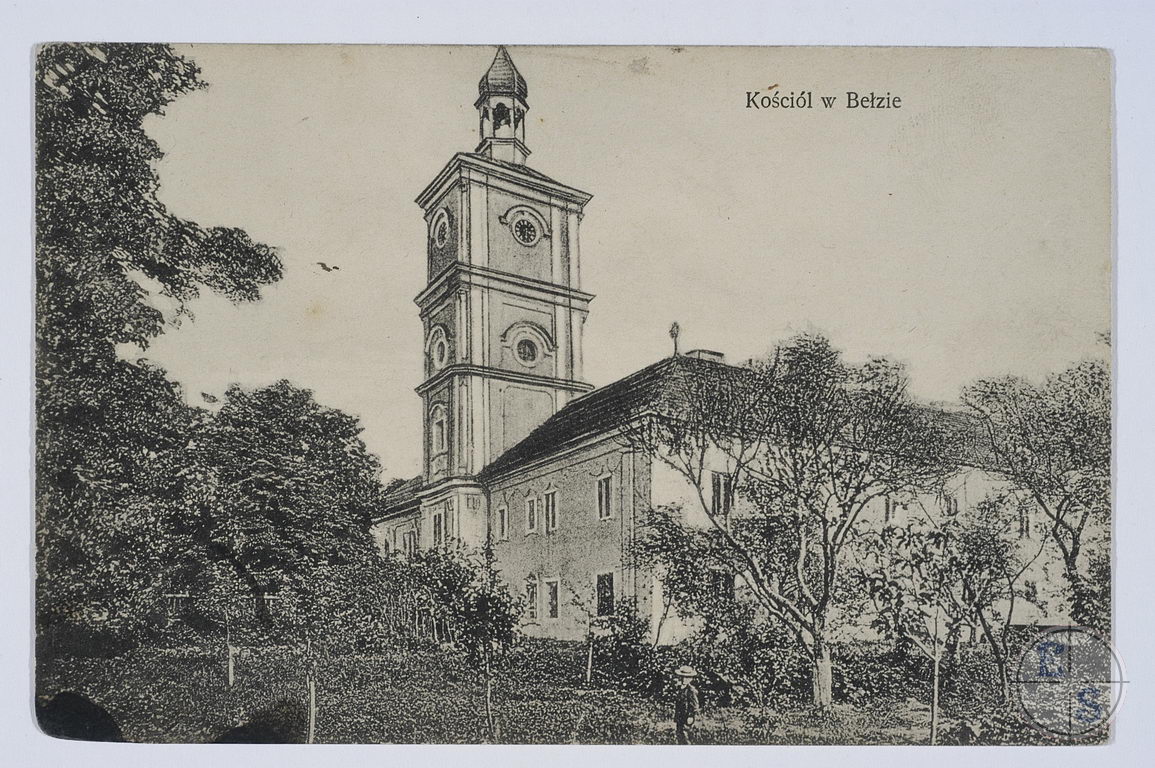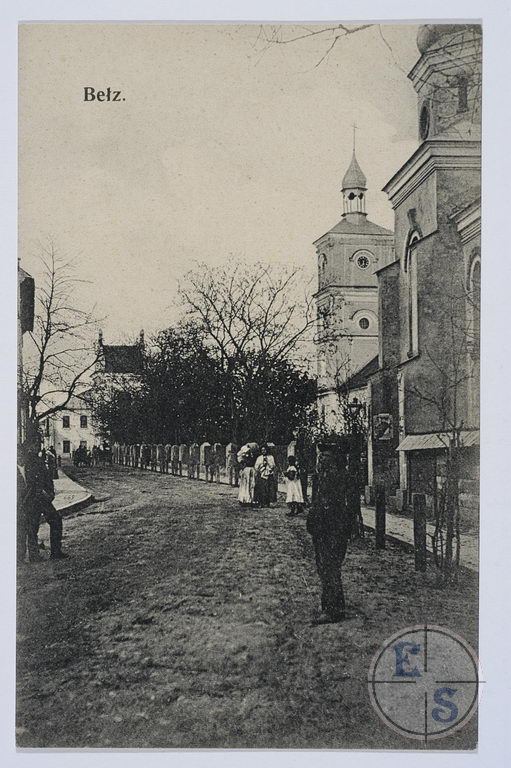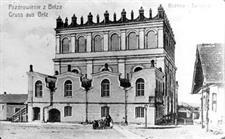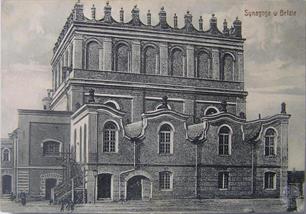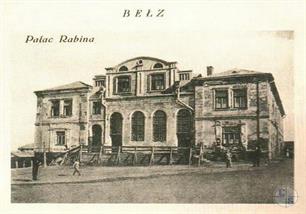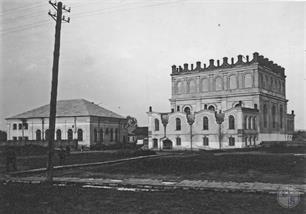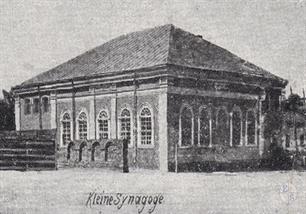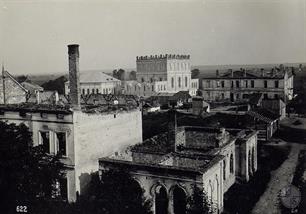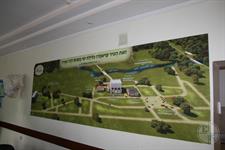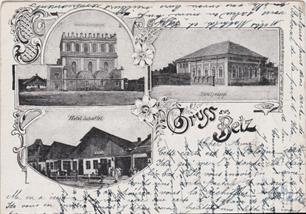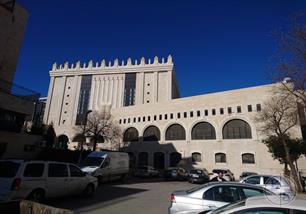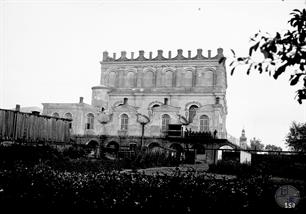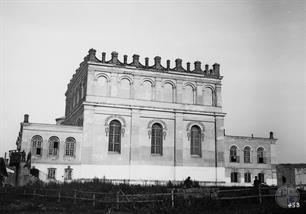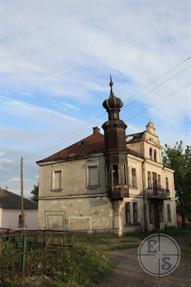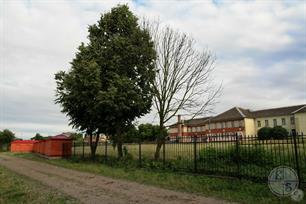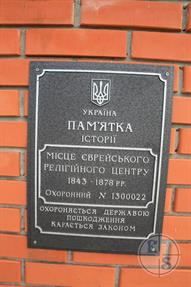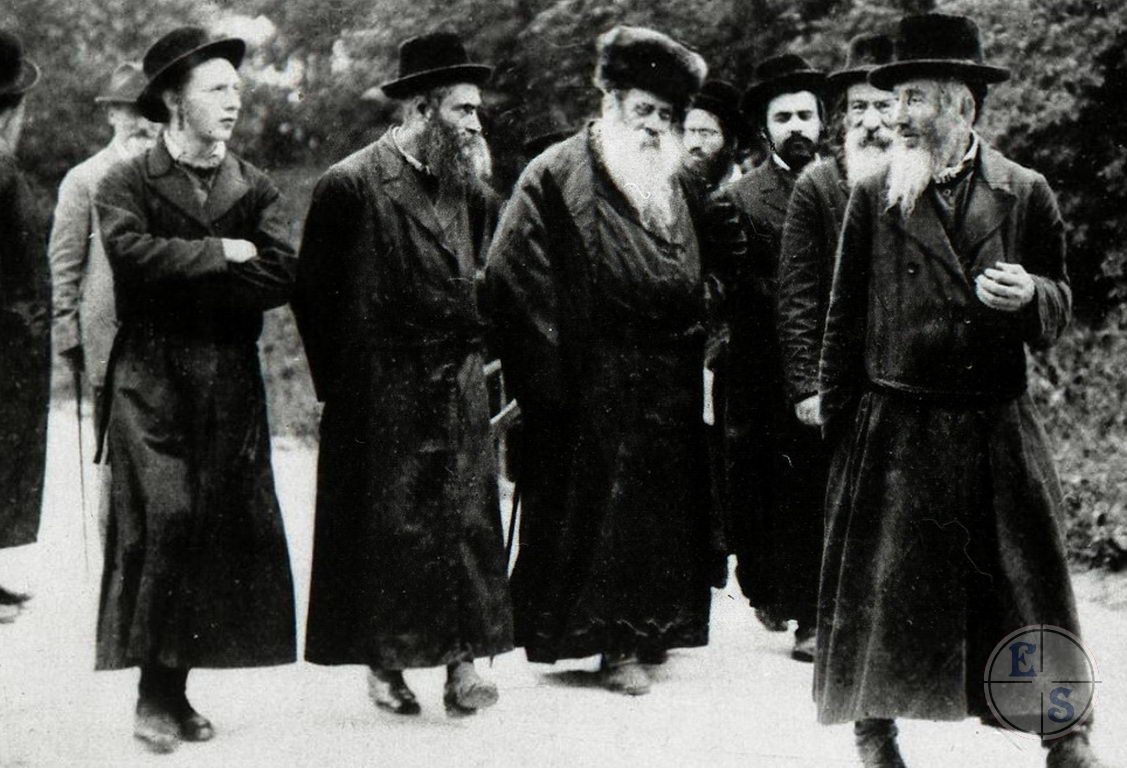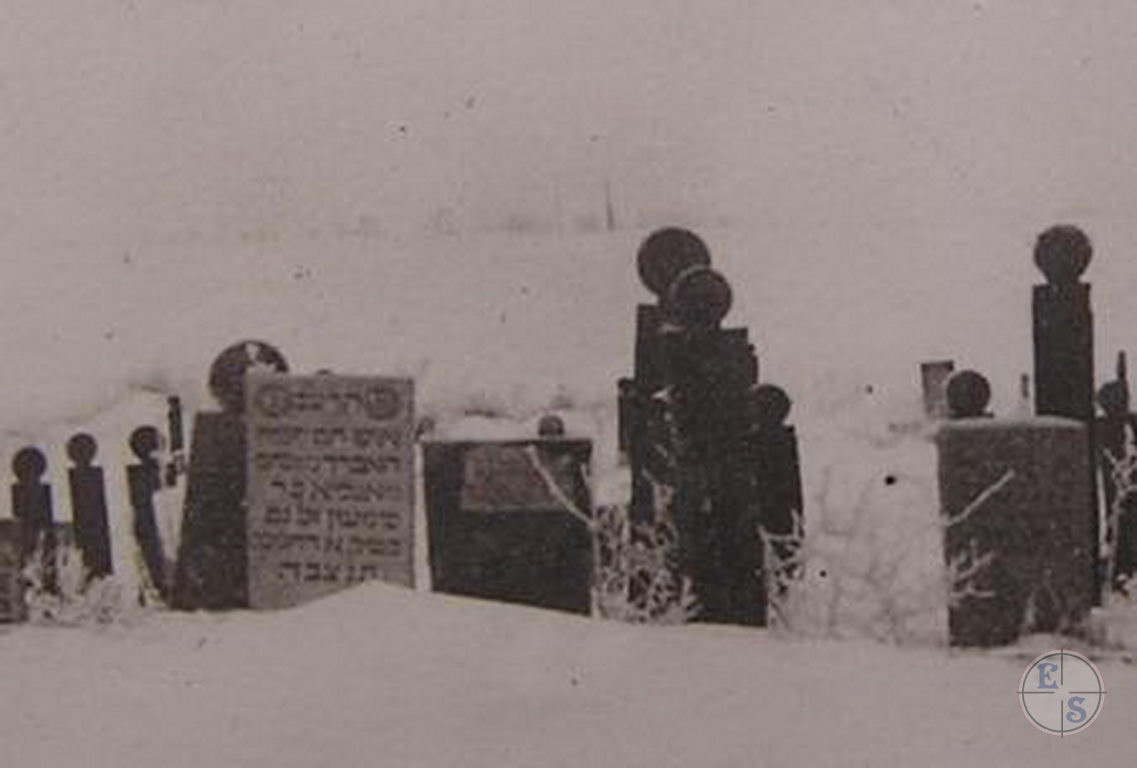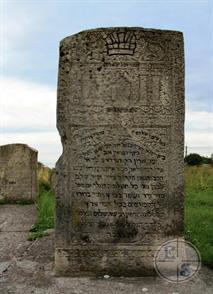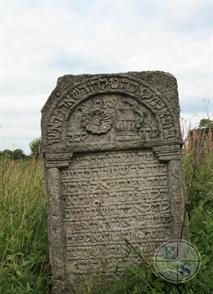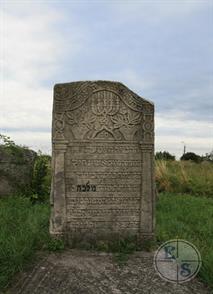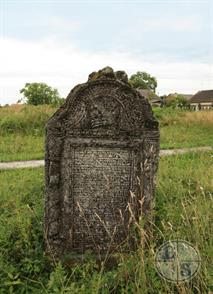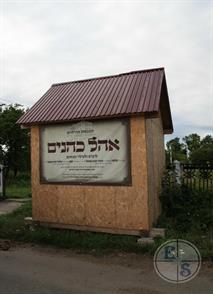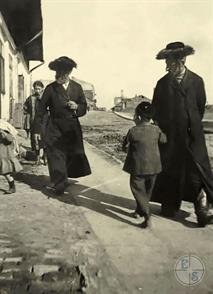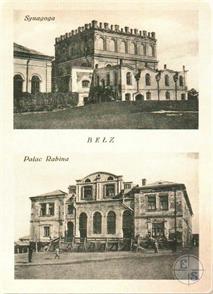Belz
Lviv region
Sources:
- Pinkas Hakehillot Polin: Encyclopedia of Jewish Communities, Poland, Volume II, published by Yad Vashem, Jerusalem.
- Jewish encyclopedia of Brockhaus & Efron
- Russian Jewish encyclopedia
Photo:
- Eugene Shnaider
- YIVO Institute for Jewish Research. Marienbad, 1924
- Tomek Wisniewski, Bagnowka. Belz
- Austrian National Library. Bels
- Osterreichisches Staatsarchiv. Strassenbild, Belz
- Pinkas Hakehillot Polin: Encyclopedia of Jewish Communities, Poland, Volume II, published by Yad Vashem, Jerusalem.
- Jewish encyclopedia of Brockhaus & Efron
- Russian Jewish encyclopedia
Photo:
- Eugene Shnaider
- YIVO Institute for Jewish Research. Marienbad, 1924
- Tomek Wisniewski, Bagnowka. Belz
- Austrian National Library. Bels
- Osterreichisches Staatsarchiv. Strassenbild, Belz
The first mention of Belz is in The Tale of Bygone Years. In 1030 Yaroslav the Wise, Prince of Kiev, conquered the city from the Poles. Belz soon became the center of a specific principality.
In the XI-XVII centuries, Belz was one of the largest cities of Galician Rus and the capital of the specific Belz principality in 1170-1462. For its defense, the fortified settlements of Ugnev (in the west) and Varyazh (in the north) were created.
In 1462, the Belz principality was liquidated by the Poles and the city became the center of the Belz province. In 1499 and 1502, it was burned by the Tatar-Turkish troops.
Due to competition from the cities founded by the Poles (Rava-Russkaya, Zhovkva, Kristinopol) in the 18th century, the city gradually lost its political and administrative functions and turned into a town.
Since 2001, Belz and its environs, by decision of the government of Ukraine, have become the State Historical and Cultural Reserve "Knyazhy Belz".
Today it is one of the smallest cities in Ukraine (population 2359 in 2011)
In the XI-XVII centuries, Belz was one of the largest cities of Galician Rus and the capital of the specific Belz principality in 1170-1462. For its defense, the fortified settlements of Ugnev (in the west) and Varyazh (in the north) were created.
In 1462, the Belz principality was liquidated by the Poles and the city became the center of the Belz province. In 1499 and 1502, it was burned by the Tatar-Turkish troops.
Due to competition from the cities founded by the Poles (Rava-Russkaya, Zhovkva, Kristinopol) in the 18th century, the city gradually lost its political and administrative functions and turned into a town.
Since 2001, Belz and its environs, by decision of the government of Ukraine, have become the State Historical and Cultural Reserve "Knyazhy Belz".
Today it is one of the smallest cities in Ukraine (population 2359 in 2011)
In Belz, several old residential buildings, including Jewish shtetl buildings, have been preserved. Although it is not as pronounced in Galicia as, for example, in Podolia.
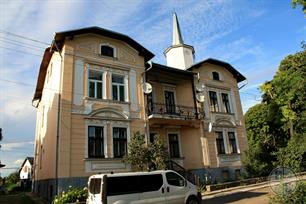 |
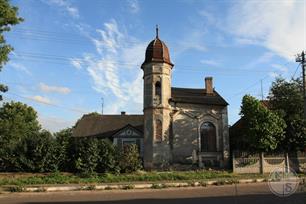 |
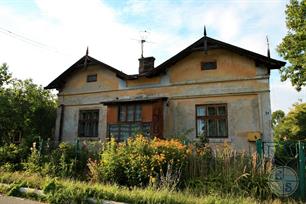 |
| There are some pretty houses | ||
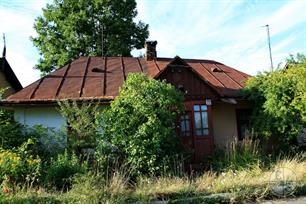 |
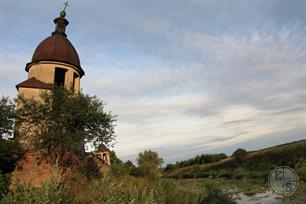 |
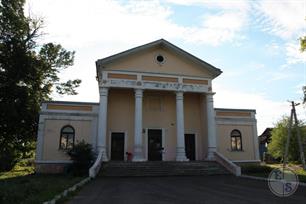 |
| Typical Jewish house | Chapel at the corner of the Cross Way near the Church of the Blessed Virgin Mary | Former branch of the gymnastic society "Falcon" |
The oldest historical sources to mention Jews in Bełz date back to 1413, but first Jewish settlers had likely arrived to the town even earlier. The city was included in the list of Jewish communities obliged to pay royal taxes in 1507. At that time, Bełz already had a synagogue.
In 1538, there were 27 Jewish families residing in the town.
At the turn of the 17th century, Joel ben Samuel Sirkis was the rabbi of Bełz. He was a famous Talmudic scholar and Halakhist, the author of the work Bayit Chadash.
Another prominent figure who resided in Bełz was Rabbi Joshua ben Alexander HaCohen Falk. His most famous works were Beit Yisrael and Sefer Me'irat Enayim.
During the Khmelnytsky Uprising in the years 1648–1649, ca. 200 Bełz Jews died due to epidemics and hunger. Another blow for the Jewish community came with the Swedish invasion, during which several dozen children were killed.
The first privilege was granted to the Bełz Jewish community by King Sigismund I the Old, with the edict later confirmed by Sigismund II Augustus and Stephen Bathory.
In 1538, there were 27 Jewish families residing in the town.
At the turn of the 17th century, Joel ben Samuel Sirkis was the rabbi of Bełz. He was a famous Talmudic scholar and Halakhist, the author of the work Bayit Chadash.
Another prominent figure who resided in Bełz was Rabbi Joshua ben Alexander HaCohen Falk. His most famous works were Beit Yisrael and Sefer Me'irat Enayim.
During the Khmelnytsky Uprising in the years 1648–1649, ca. 200 Bełz Jews died due to epidemics and hunger. Another blow for the Jewish community came with the Swedish invasion, during which several dozen children were killed.
The first privilege was granted to the Bełz Jewish community by King Sigismund I the Old, with the edict later confirmed by Sigismund II Augustus and Stephen Bathory.
At the beginning of the 19th century, Bełz became one of the most prominent centres of Hasidism in the world. The founder of the local dynasty of tzaddikim was Sholom Rokeach, known as Sar Sholom. He was a disciple of Yaakov Yitzchak Horowitz (Hebrew: יעקב יצחק הורוביץ), the famous Seer of Lublin – it was thanks to his recommendation that in 1817 Rokeach became the rabbi of Belz.
Following the death of his teacher, Sholom Rokeach was recognised as a tzaddik. The first Belzer Rebbe was known as a miracle-worker, capable of expelling dybbukim from possessed people’s bodies and of freeing human souls been imprisoned inside animals. He emphasised the importance of good deeds and following religious commandments. He discussed numerous issues with his wife Malka.
After his death in 1855, Sholom Rokeach was succeeded by his son Yehoshua Rokeach (1855–1894), who was actively involved in politics and founded the Orthodox Machzikei Hadas organisation. In 1894, Yehoshua Rokeach’s son, Issachar Dov Rokeach, became the tzaddik in Belz.
The third Belz Rebbe, Issachar Dov, was known for his extremely negative attitude towards all innovations in life, including technical ones that were widely used.
When the Russian army captured Belz during the First World War, the Rebbe and his entourage fled to Hungary. In 1925 he restored his court in Belz. He held the post until 1927.
The year 1834 saw the construction of the Great Synagogue in Belz – a monumental building designed in the Moorish Revival style. In the 19th century, the city became an educational and spiritual centre of Hasidism in Galicia. The Belz Yeshiva gained great fame in the region.
Unfortunately, in 1943 it was destroyed by the Nazis, but the Belz Hasidim restored an enlarged copy of this synagogue in Jerusalem. The Belz Hasidic Synagogue is one of the largest (if not the largest) in Israel. Sar Sholom would be pleased.
In 1880, the town had 2,135 Jewish residents, constituting 51.7% of the total population.
By the end of the century, that number had risen to 2,872.
Following the death of his teacher, Sholom Rokeach was recognised as a tzaddik. The first Belzer Rebbe was known as a miracle-worker, capable of expelling dybbukim from possessed people’s bodies and of freeing human souls been imprisoned inside animals. He emphasised the importance of good deeds and following religious commandments. He discussed numerous issues with his wife Malka.
After his death in 1855, Sholom Rokeach was succeeded by his son Yehoshua Rokeach (1855–1894), who was actively involved in politics and founded the Orthodox Machzikei Hadas organisation. In 1894, Yehoshua Rokeach’s son, Issachar Dov Rokeach, became the tzaddik in Belz.
The third Belz Rebbe, Issachar Dov, was known for his extremely negative attitude towards all innovations in life, including technical ones that were widely used.
When the Russian army captured Belz during the First World War, the Rebbe and his entourage fled to Hungary. In 1925 he restored his court in Belz. He held the post until 1927.
The year 1834 saw the construction of the Great Synagogue in Belz – a monumental building designed in the Moorish Revival style. In the 19th century, the city became an educational and spiritual centre of Hasidism in Galicia. The Belz Yeshiva gained great fame in the region.
Unfortunately, in 1943 it was destroyed by the Nazis, but the Belz Hasidim restored an enlarged copy of this synagogue in Jerusalem. The Belz Hasidic Synagogue is one of the largest (if not the largest) in Israel. Sar Sholom would be pleased.
In 1880, the town had 2,135 Jewish residents, constituting 51.7% of the total population.
By the end of the century, that number had risen to 2,872.
Under an agreement between the Soviet Union and Germany in October 1939, Soviet troops left Belz. Almost the entire Jewish population left the city. Belz was occupied by the German army.
The occupying authorities rounded up Jews from the nearest settlements to Belz. A Jewish work camp was established.
On June 2, 1942, about a thousand Jews were deported from Belz to Sobibor. The remaining Jews were herded into a labor camp for agricultural work. After the harvest in September, all of them - about 500 people - were also sent to Sobibor. All of them were killed.
In 1942, before being deported to Sobibor, the tzadik of the Belz dynasty, Rabbi Aharon, managed to reach the Krakow ghetto through the neighboring towns of Sokal and Przemyshlyany. His family remained in Belz and perished.
In January 1944, r. Aaron moved from Poland to Hungary. A few months later he received a visa to enter Palestine. Before leaving R. Aaron spoke to his Hasidim and predicted that nothing would happen to the Jews of Hungary...
The occupying authorities rounded up Jews from the nearest settlements to Belz. A Jewish work camp was established.
On June 2, 1942, about a thousand Jews were deported from Belz to Sobibor. The remaining Jews were herded into a labor camp for agricultural work. After the harvest in September, all of them - about 500 people - were also sent to Sobibor. All of them were killed.
In 1942, before being deported to Sobibor, the tzadik of the Belz dynasty, Rabbi Aharon, managed to reach the Krakow ghetto through the neighboring towns of Sokal and Przemyshlyany. His family remained in Belz and perished.
In January 1944, r. Aaron moved from Poland to Hungary. A few months later he received a visa to enter Palestine. Before leaving R. Aaron spoke to his Hasidim and predicted that nothing would happen to the Jews of Hungary...
In 1945, 220 Jews returned to Belz, including 10 who hid in the surrounding forests in 1939-44. After the war, almost all of them emigrated from the Soviet Union as Polish citizens, and then in 1946 most of them also left Poland. In the late 1990s almost all of the Jews of Belz who remained and came from other places repatriated to Israel or left for other countries.
In 2001, a historical and cultural reserve was organized in Belz. A hostel with a prayer hall has been built for pilgrims who come to pray at the graves of Belz tzaddiks (up to 10,000 per year).
In 2001, a historical and cultural reserve was organized in Belz. A hostel with a prayer hall has been built for pilgrims who come to pray at the graves of Belz tzaddiks (up to 10,000 per year).
The center of Belz Hasidism moved to Jerusalem. The court of the Belz tzaddik was joined by the Hasidim of other Polish courts, whose tzaddiks perished in Europe. So the Belz Hasidim again became one of the largest currents.
The Belz tzadik actively participated in the political life of Israel, sending his Hasidim to the Agudat Yisrael party. Therefore, the Belz court is in conflict with those Haredi communities that do not recognize the State of Israel.
The Belz tzadik actively participated in the political life of Israel, sending his Hasidim to the Agudat Yisrael party. Therefore, the Belz court is in conflict with those Haredi communities that do not recognize the State of Israel.

- Home
- Shtetls
- Vinnytsia region
- Volyn region
- Dnipro region
- Donetsk region
- Zhytomyr region
- Zakarpattia region
- Zaporizhzhia region
- Ivano-Frankivsk region
- Kyiv region
- Kropyvnytskyi region
- Luhansk region
- Lviv region
- Mykolayiv region
- Odessa region
- Poltava region
- Rivne region
- Sumy region
- Ternopil region
- Kharkiv region
- Kherson region
- Khmelnytskyi region
- Chernihiv region
- Chernivtsi region
- Cherkasy region
- Crimea
- Synagogues
- Cemeteries
- Objects & guides
- Old photos
- History
- Contact
Jewish towns of Ukraine
My shtetl
My shtetl
Donate
Jewish towns of Ukraine
